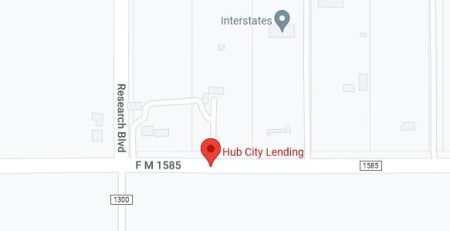
What Is A Face Value?
A financial concept known as “face value” refers to a security’s nominal or monetary value as indicated by its issuer. The original cost of the stock, as stated on the certificate, serves as the face value for stocks. In the case of bonds, it refers to the sum that is normally paid in $1,000 increments to the holder at maturity. The term “par value” or simply “par” is frequently used to refer to the face value of bonds.
Face Value Definition
The principal of a mortgage, or the whole amount of your loan before any additional fees, is referred to as the face value of a house loan. Keep in mind that your principle is not the only component of your monthly mortgage payment. In addition, you’ll have to pay for homeowners insurance, property taxes, and interest.
Types of Face Values
In reality, though, the insured is not aware of the distinction between Market Value and Replacement Cost. Homeowners may occasionally confuse other “values” with Replacement Values while discussing a property. You should understand how Market Value, Assessed Value, and Replacement Cost of a Property differ from one another. Here is how they differ, which explains why one is rated so much higher than the other two.
Market Value- This is the amount paid for a house or a business building or the worth of property on the open market. This varies with supply and demand and is unrelated to reconstructing a damaged structure, especially given how volatile and stormy the market is right now.
Assessed Value– Your municipality assigns your property this value. It is one of the elements that go into the formula that determines your property’s tax liability. This value is created by combining information from sales within the municipality from the previous year and applying it to the current tax year.
Replacement Cost– Of the three values, this one is often at the highest level. This is the maximum rebuilding cost that your insurance company will cover as a property owner. This value is greater than the other two for a variety of reasons. The term “replacement cost” encompasses a variety of factors, such as the cost of clearing the debris from the original structure, the cost of the materials used, the labor expenses involved in rebuilding the structure, the cost of local permits, the cost of architectural plans and blueprints, etc. Since the structure is intact, there was no need to include any of these costs in either the Market Value or the Assessed Value.
Benefits Of Face Value
The price of the stock as posted by the company, which is also the price at which you purchase the stock or share, is referred to as the face value of stocks or shares. To raise capital or money, a firm can also issue bonds, which are likewise issued at a specific face value.
The bond and share certificates for the corporation include this face value. “Par Value” or “Par” are other names for face value. The corporation sets this face value at the time the bonds and shares are issued.
Face value is significant in the stock market since it aids in calculating premiums as well as the market value of the stock, investments, and returns.
Due to certain corporate actions, such as stock splits, the face value of stocks may also be liable to fluctuate. Companies split the bonds and shares with a lesser face value than before in these situations.
Face Value of property for Commercial Real Estate Loans
Commercial real estate can be significantly trickier to appraise than homes and smaller multifamily rental buildings. The following commercial property valuation examples can be used to estimate property’s value for a commercial real estate finance lender.
Sales Comparison Approach- The sales comparison strategy, also referred to as “pulling comps” or the “market approach,” is based on recent sales of comparable real estate in the same market or submarket.
Cost Approach- The cost technique evaluates CRE value by taking into account the cost of developing the property from the ground up, including the present value of the land, materials, and construction costs. It is frequently employed for special use property or when sales comparables are difficult to identify.
Income Capitalization Approach- The net operating income (NOI) a property generates is used in the income capitalization method to calculate its worth in relation to other properties in the same market. The income capitalization approach would value the building at $7,462,687 ($500,000 NOI / 6.7%), for instance, if office buildings in the Houston CBD are trading at a 6.7% cap rate and a comparable office property is earning an NOI of $500,000 per year (before debt service).
For more information on our financing services please contact Hub City Lending and we will get you on the path to financial success.


Location: Lubbock, Texas, United States
Work:Owner/Broker @ HubCityLending
Education:University of Texas at the Permian Basin, Master of Business Administration, 1999 – 2001


